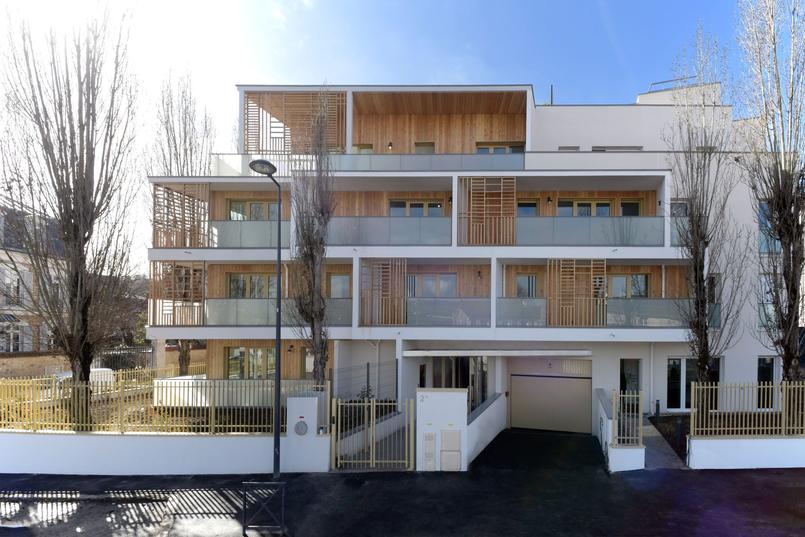The intellectually attractive idea of converting outdated offices into housing often runs into practical, financial and regulatory difficulties. The result: this is definitely not a massive and quick response to the housing crisis. But it does not mean that it should be swept away, as the experience gathered in this area by the European real estate company Covivio proves. 8 years ago, the company established a center for the conversion of offices into housing. Promotion history of buildings that have become obsolete due to their location or services (“assets that have become non-strategic” in internal jargon).
This activity should affect only 4% of Covivio’s assets, but it still represents 10 operations already underway, which include 1,357 housing units, and 10 projects under study with the potential for 1,858 additional housing units. And the first operations like Meudon (92) or Raincy (93) (see slideshow) started in 2022. Most of the time the building is preserved and transformed, but in certain cases it is a demolition followed by a clean and simple reconstruction. A team of 15 people works on these projects after determining the most suitable locations for housing.
Multiple brakes
“There are many obstacles, explains Olivier Estève, Deputy CEO of Covivio. Moving from offices to housing already causes us to lose 15 to 20% of the building’s gross floor area. And then there are the obligations to create social housing on 30% of the area… Rules have been established that allow the creation of additional square meters, but in reality they are difficult to implement. We must not forget that the acceptability of the programs by the neighborhood has become a complex issue and that these new houses represent the cost of services to be created for the communities without new income coming in. As already said, the operation remains interesting in certain cases and is sometimes carried out without loss of value in well-located buildings, while the office is considered more profitable than housing.
“In an area like Rueil-sur-Seine (92) where there are many offices and suffer from more competitive relocation than La Défense, the conversion to housing can be interesting, explains Olivier Estève. The proximity to the banks of the Seine and the RER greatly helps the residential programs.” Location is essential, but of course you have to consider the building itself. Haussmann buildings that housed apartments in the past can easily be converted to housing, as well as buildings from the 1960s generally offering good ceiling heights and beam construction allowing for wide modularity. On the other hand, buildings from 1985 to 1995 with thick buildings and very glazed facades are difficult to convert into managed residences.
2500 to 3500 €/m² for work
“I remain amazed at the creativity of architects who can recreate spaces by often demolishing to a minimum, creating breakthroughs in recesses, explains Olivier Estève. This allows for very diverse achievements, such as the residence for the elderly in Raincy with a Mansart roof, the telephone exchange in Saint-Germain-en-Laye converted into social and free housing or even this program in Nice where the old Enedis offices must be demolished to create housing, because the development of seismic standards did not allow us to preserve the existing one. In terms of price, Covivio estimates that these transformations cost as much as new, but not more: around €2,500 per square meter for construction in the region and around €3,500 per square meter in France.

